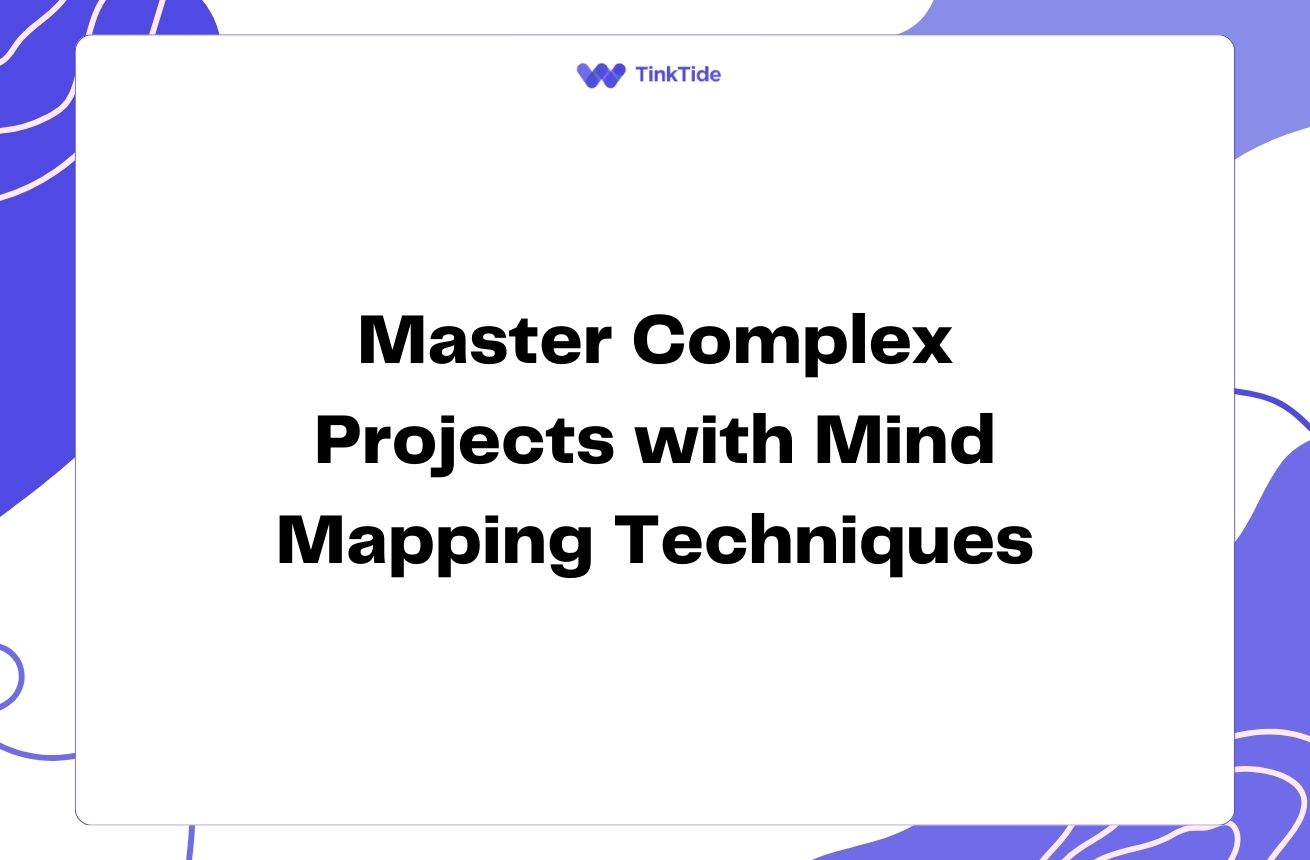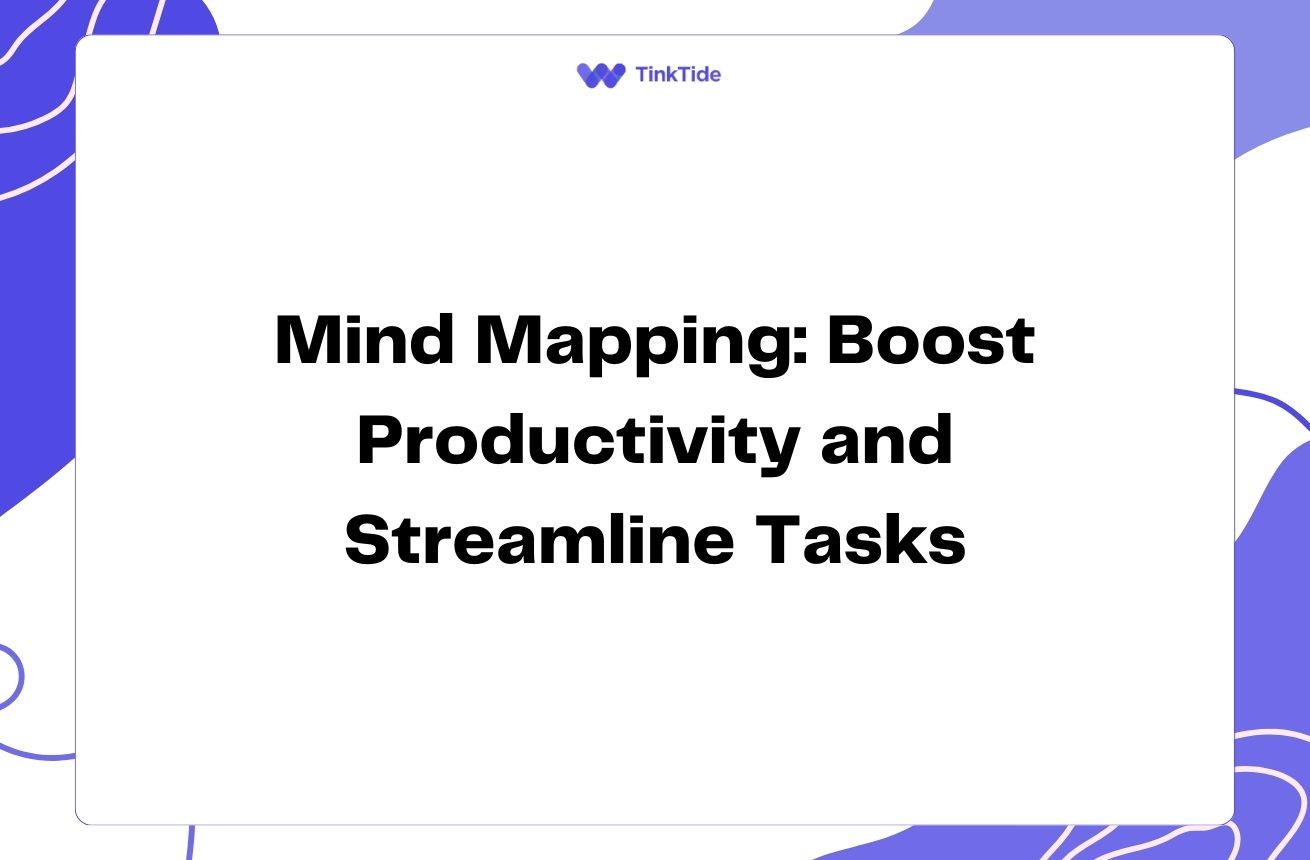Mind Mapping: Visualize and Enhance Your Customer Journey
Understanding Mind Mapping and Customer Journeys
Mind mapping is a powerful visual thinking tool that can revolutionize how you approach customer journey analysis. By creating a visual representation of the customer's experience, you can easily identify pain points, opportunities, and areas for improvement.
A customer journey, on the other hand, is the complete sum of experiences that customers go through when interacting with your company and brand. It's not just about the purchase; it's about the entire process from awareness to post-purchase support.
When you combine mind mapping with customer journey analysis, you create a powerful tool for understanding and enhancing the customer experience. This approach allows you to visualize complex interactions, identify patterns, and make data-driven decisions to improve customer satisfaction and loyalty.
Benefits of Using Mind Maps for Customer Journeys
Using mind maps to visualize customer journeys offers several advantages:
- Holistic view: Mind maps provide a comprehensive overview of the entire customer journey at a glance.
- Identify connections: Easily spot relationships between different touchpoints and stages of the journey.
- Collaborative tool: Mind maps facilitate team discussions and brainstorming sessions.
- Flexibility: Quickly update and modify the map as new insights emerge or customer behavior changes.
- Visual appeal: Engage stakeholders with an easy-to-understand visual representation of complex data.
Creating a Customer Journey Mind Map
To create an effective customer journey mind map, follow these steps:
- Step 1: Start with the central concept - your customer
- Step 2: Branch out into main journey stages (e.g., awareness, consideration, purchase, retention)
- Step 3: Add sub-branches for touchpoints within each stage
- Step 4: Include customer emotions, thoughts, and actions at each touchpoint
- Step 5: Highlight pain points and opportunities for improvement
Use colors, icons, and images to make your mind map more visually appealing and easier to understand. Tools like MindMeister or XMind can help you create professional-looking mind maps quickly.
Analyzing the Customer Journey with Mind Maps
Once you've created your customer journey mind map, it's time to analyze it for insights. Look for patterns, bottlenecks, and areas where the customer experience could be improved.
Pay special attention to the emotional journey of your customers. Are there points where they feel frustrated, confused, or delighted? These emotional touchpoints can be key to improving the overall customer experience.
Use your mind map to identify gaps in your current customer journey. Are there touchpoints that are missing or underutilized? Are there opportunities to add value or streamline the process?
Remember, the goal is to create a seamless, positive experience for your customers across all touchpoints. Your mind map should help you visualize this ideal journey and identify steps to achieve it.
Implementing Improvements Based on Mind Map Insights
After analyzing your customer journey mind map, it's time to implement improvements. Here's how:
- Prioritize issues: Focus on the most critical pain points identified in your mind map.
- Develop solutions: Brainstorm ways to address these issues and enhance the customer experience.
- Create an action plan: Assign responsibilities and set deadlines for implementing improvements.
- Monitor progress: Regularly update your mind map to track changes and their impact on the customer journey.
- Iterate and improve: Continuously gather feedback and refine your customer journey based on new insights.
Remember, improving the customer journey is an ongoing process. Your mind map should be a living document that evolves as your understanding of your customers deepens and their needs change over time.
Best Practices for Customer Journey Mind Mapping
To get the most out of your customer journey mind mapping efforts, consider these best practices:
- Involve multiple stakeholders: Include input from various departments to get a well-rounded view of the customer journey.
- Use data to inform your map: Incorporate customer feedback, analytics, and other relevant data into your mind map.
- Keep it simple: Start with a basic map and add complexity as needed. Don't overwhelm yourself or your team with too much detail initially.
- Update regularly: Review and update your mind map periodically to ensure it remains relevant and accurate.
- Use it as a communication tool: Share your mind map with team members and stakeholders to align everyone on the customer journey and improvement initiatives.
Address common questions
Here are some frequently asked questions about using mind maps for customer journey visualization:
How often should I update my customer journey mind map?
It's recommended to review and update your mind map at least quarterly, or more frequently if you're implementing significant changes or experiencing rapid growth.
Can mind mapping replace traditional customer journey mapping methods?
While mind mapping is a powerful tool, it's best used in conjunction with other customer journey mapping techniques. It can complement and enhance traditional methods by providing a more visual and intuitive representation of the journey.
What software is best for creating customer journey mind maps?
Popular mind mapping tools include MindMeister, XMind, and Coggle. Choose a tool that offers collaboration features and easy export options for sharing with your team.
How can I involve customers in the mind mapping process?
Consider conducting customer interviews or focus groups to gather insights for your mind map. You can also create collaborative online mind mapping sessions where customers can contribute their perspectives directly.
What if my customer journey is too complex for a single mind map?
For complex journeys, consider creating multiple interconnected mind maps. You can have an overview map and then create more detailed maps for each major stage of the journey.
Provide additional resources
The Ultimate Guide to Customer Journey Mapping
A comprehensive guide to understanding and creating customer journey maps
Mind Mapping for Business
Learn how to use mind mapping techniques in various business contexts
Customer Journey Mapping Tools
A list of top-rated customer journey mapping software tools
The Power of Visual Thinking
Explore the benefits of visual thinking in design and problem-solving
Customer Experience Statistics
Key statistics highlighting the importance of customer experience
Summarize key takeaways
Mind mapping is a powerful technique for visualizing and improving the customer journey. By creating a visual representation of your customers' experiences, you can easily identify pain points, opportunities, and areas for improvement.
Remember to involve multiple stakeholders, use data to inform your map, and regularly update it to reflect changes in customer behavior and preferences. Use your mind map as a collaborative tool to align your team and drive customer-centric improvements across your organization.
Start creating your customer journey mind map today and unlock new insights that will help you enhance the customer experience, increase satisfaction, and drive business growth.
Enhance Your Customer Journey Today
Ready to transform your customer experience? Start your free trial and discover how our tools can help you visualize and improve your customer journey.
Start Your Free Trial

